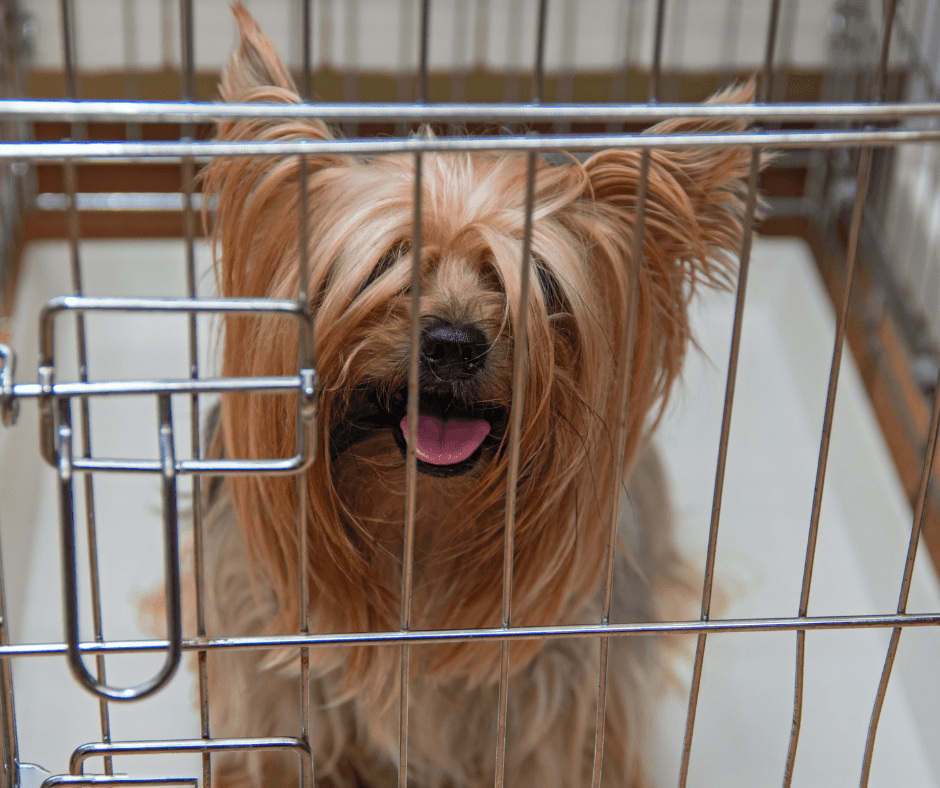-
View Larger Image

No pet parent wants to hear their veterinarian say those dreaded words, “crate rest.” Most often, it is recommended after a major injury or surgery, and means that your dog’s activity must be tightly restricted with only short leash walks outside to relieve themselves, then back in the crate. We can help take some of the worries out of this process with these few tips. A little of your time, patience, and positivity can go a long way toward keeping your dog on the right road to recovery.
Why Crate Train?
Crate training can be useful to introduce at any stage of a dog’s life. From puppy training, to a safe place in emergencies, to a quiet haven for a sensitive senior dog, a crate can be a secure space, which can prove beneficial in many different situations.
In some scenarios, we recommend that pets have restricted activity when recovering from surgery. Dogs are more likely to have a successful and complete recovery following surgery if they can peacefully relax in a crate with no chance of aggravating their surgery site by climbing stairs, running, playing, or jumping.
Tips for Crate Training
Dogs need a den, or small space just for them, to feel safe, secure, and cozy. When a crate is used appropriately (never as a punishment), they can easily learn that it’s their happy place. Go slow, use lots of rewards, and remain patient and positive. Here are some tips:
- Provide a crate that is large enough for your dog to fully stand, lie down, and turn around. If your dog is still growing, choose a crate that will accommodate their adult size.
- Place the crate in an area close to where your family congregates so your dog feels they are a part of the action.
- Leave the crate door open and let your dog explore inside; toss treats inside at random to reward when your dog enters willingly, focusing on the back of the crate.
- Feed your dog in the crate with the door open, allowing them to exit as soon as they are done.
- Begin closing the door for brief periods while your dog is eating inside, and continue to reward frequently.
- Once your dog is comfortable, vary the time that your dog stays in the crate. With treats, open the door after about 20 seconds, with longer times for meals or a stuffed Kong.
- Gradually lengthen the time the door stays closed, always with you closely supervising. Only keep the door closed for as long as your dog stays relaxed and calm.
Remember to reward, reward, reward. If your dog seems distressed in the crate, or if you have any questions about crate training your dog, please give our team at Westfield Veterinary Group a call. We’re here to support you!
Share This Story, Choose Your Platform!

